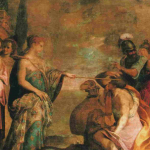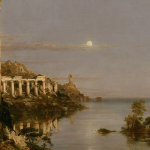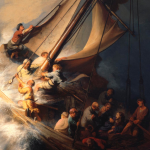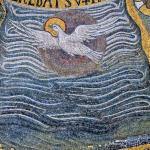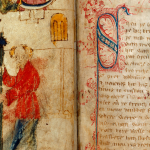
Dcn. Harrison Garlick serves as a Great Books Tutor for the Alcuin Institute, and is the Chancellor of the Diocese of Tulsa.
Odysseus, Aslan, and Untamed Catholicism
We find our hero Odysseus on his journey home from the Trojan war. Ten years he fought on the plains before Troy; and now ten years more he will journey…
Avoiding the Unreal: How to Read the Great Books Well
I. Reclaim your Education “We are concerned as anybody else at the headlong plunge into the abyss that Western civilization seems to be taking,” wrote Robert M. Hutchins, editor of…
On Christ’s Invitation to Chaos
Water is chaos. Water is death, disorder, ugliness, and confusion. As Holy Scripture teaches us, after God had made the heavens and the earth, the earth was, in its primal…
Into the Deep: A Biblical Study on Chaos & Discipleship
The world is in chaos. Modern man now holds himself as an autonomous moral universe in which every conceivable reality is malleable to his subjective will. Man has been “emancipated,”…
On Faith & Fortitude: The Shield of Sir Gawain
On New Year’s Eve, King Arthur was with his knights and other guests at the round table. As was his custom, King Arthur would not begin to eat until he…


